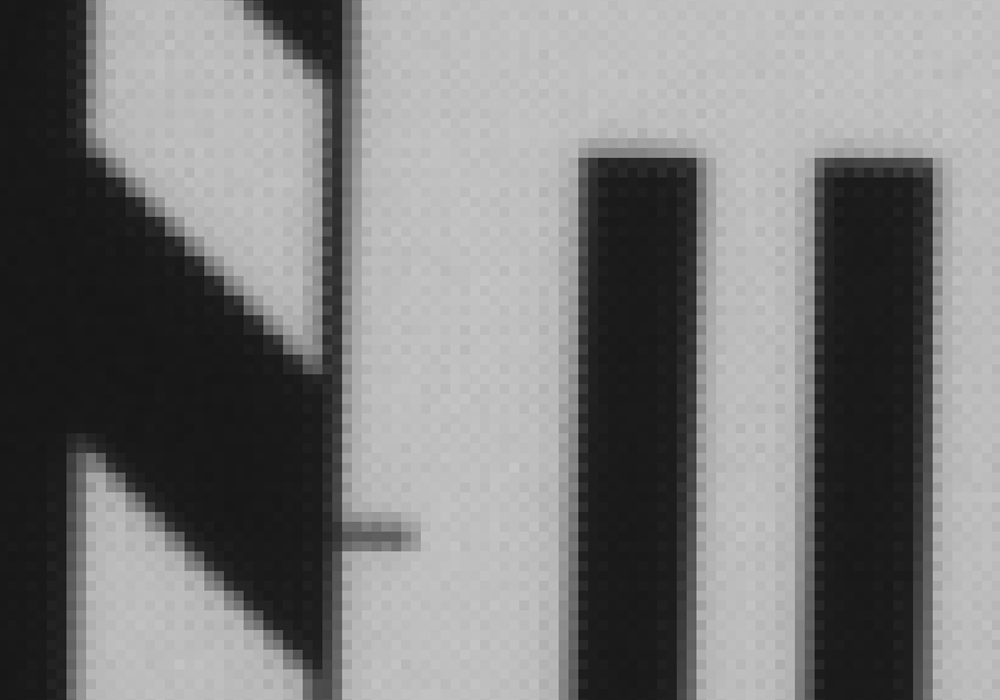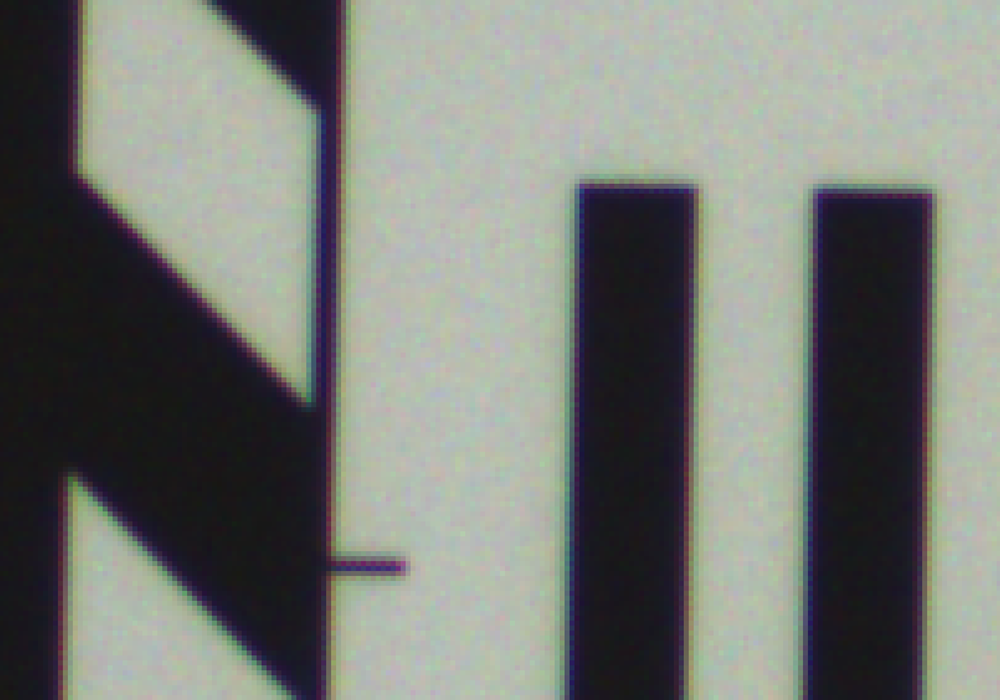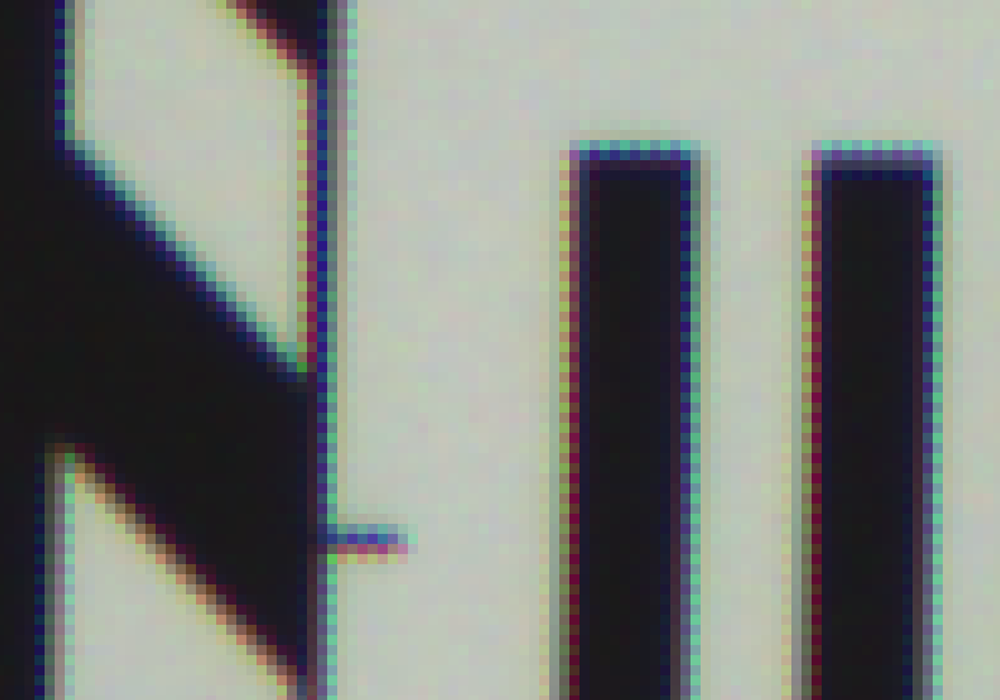
IDS peak 2.17.1 / uEye+ firmware 3.70
IDS Peak comfortSDK, genericSDK, IPL, and AFL developer manuals are external documents. Please contact us if you need them.
Decimation is also called skipping or subsampling.
Decimation is a technique to reduce image resolution by skipping a certain amount of pixels in rows, columns, or both columns and rows. The field of view (FOV) is retained. For example, a 1x2 decimation would halve the resolution by skipping every second pixel in a row. Other factor combinations are possible, such as 2x2, 2x1, 1x4, ...

Fig. 17: Decimation with factor 2 on monochrome sensors
With color cameras, decimation is possible too and usually applied when the image still is in RAW Bayer format. In this case, decimation works on each color separately, such that pixels are skipped pair-wise. This way, color is preserved.

Fig. 18: Decimation with factor 2 on color sensors
There are two ways, a camera can carry out decimation:
•Sensor decimation:
Some sensors support native decimation. This typically increases the maximum frame rate, since only the relevant parts of the image are read out, processed in the camera and transferred to the host PC.
•FPGA decimation:
Most uEye+ cameras support decimation, even if the sensor does not support it. The FPGA in the camera drops the irrelevant pixels and the reduced resolution is transferred to the host PC. The maximum frame rate can only be increased, if the limiting factor is the bandwidth.
Depending on the model, the camera supports different decimation factors that can be configured in horizontal and vertical direction independently. Decimation can be used e.g. as fast preview for high-resolution cameras.
Refer to the "List of supported features" for GigE Vision cameras and USB3 Vision cameras for more information on a specific camera model.
Although decimation seems very similar to binning, there is a major difference. Binning uses the signal collected by all pixels which benefits the signal-to-noise ratio (SNR). Additionally, images with decimation are more prone to show aliasing artifacts.
Debayering and binning/decimation
Debayering (see Color sensors) may cause image artifacts such as edge effects ("aliasing") or false colors at object edges. The use of binning or decimation can increase the occurrence of Bayer artifacts, such as false colors. These false colors can be more or less intense depending on the debayering method used.
 Fig. 19: Image data without debayering (RAW) |
 Fig. 20: Image data with debayering and without binning |
 Fig. 21: Image data with debayering and 2x2 binning |